UPDATE: May 23, 2018
World Vision has been responding to the East Africa hunger crisis for the past year, reaching more than 3.5 million people facing food insecurity with clean water, food and nutrition support, healthcare, and more.
Now, while droughts have made it difficult for farmers and herders to produce crops and feed livestock, excessive spring rains are causing flash floods across drought-stricken areas, washing away crops and shelters.
Children are among the most affected, with their health and development drastically impacted. More than 15 million children in East Africa are struggling to get enough to eat while floods increase the risk of cholera and other water-related diseases for people living in temporary shelters with poor sanitation.
South Sudan, Somalia, and Ethiopia could be facing famine or catastrophic levels of food insecurity in various parts of their countries over the next few months. Turkana, Kenya, which had been monstrously impacted by drought last year, is one of the most affected by the flooding today.
This stunning blog post from exactly one year ago this week was our first glimpse into the crisis. A year later, millions have been helped, but millions more remain in need.
* * *
May 24, 2017
The East Africa hunger crisis is monstrous: affecting 25 million people and showing up in ways our writer and photographer team have never before seen.
Today, our writer — Kari Costanza — gives you a first-hand snapshot of five ways that hunger is changing the lives of people in Turkana, Kenya.
* * *
I started covering hunger stories for World Vision in 2005 in Niger and Angola, which were then ranked second and third among countries where children were most likely to die before the age of 5. The next year, I traveled to Kenya to cover a drought that led to a severe food crisis. In 2009, to see what hunger felt like, I lived with a family that was surviving on emergency food rations. Two years after that, I was back in Kenya to cover the Horn of Africa food crisis.
I thought I’d seen it all.
But on my trip last month to Turkana, in northwest Kenya, there were signs of hunger that I’ve never seen. When I heard that Stephen O’Brien — the United Nations’ under-secretary-general for humanitarian affairs — had declared this current crisis the worst humanitarian crisis since World War II, I was not surprised.
This hunger crisis is a monster.
We began in a village called Nanaam, dry and dusty and strewn with the bones of dead livestock. Ironically, Nanaam means water, but the villagers had renamed their village Ngikwasinyen, or “dry sand.”
The villagers were despondent. With no food left to eat, men such as Nalet were hunting animals that thrive during a drought in a pastoralist area — scavengers like hyenas and vultures. The mothers had learned to cook hyena, roasting it on a spit. The children hated it and said it tasted vile. Naroo, 9, told me: “Hyena is bitter. When we eat it, it gives us diarrhea. But it’s the only food on the table.”
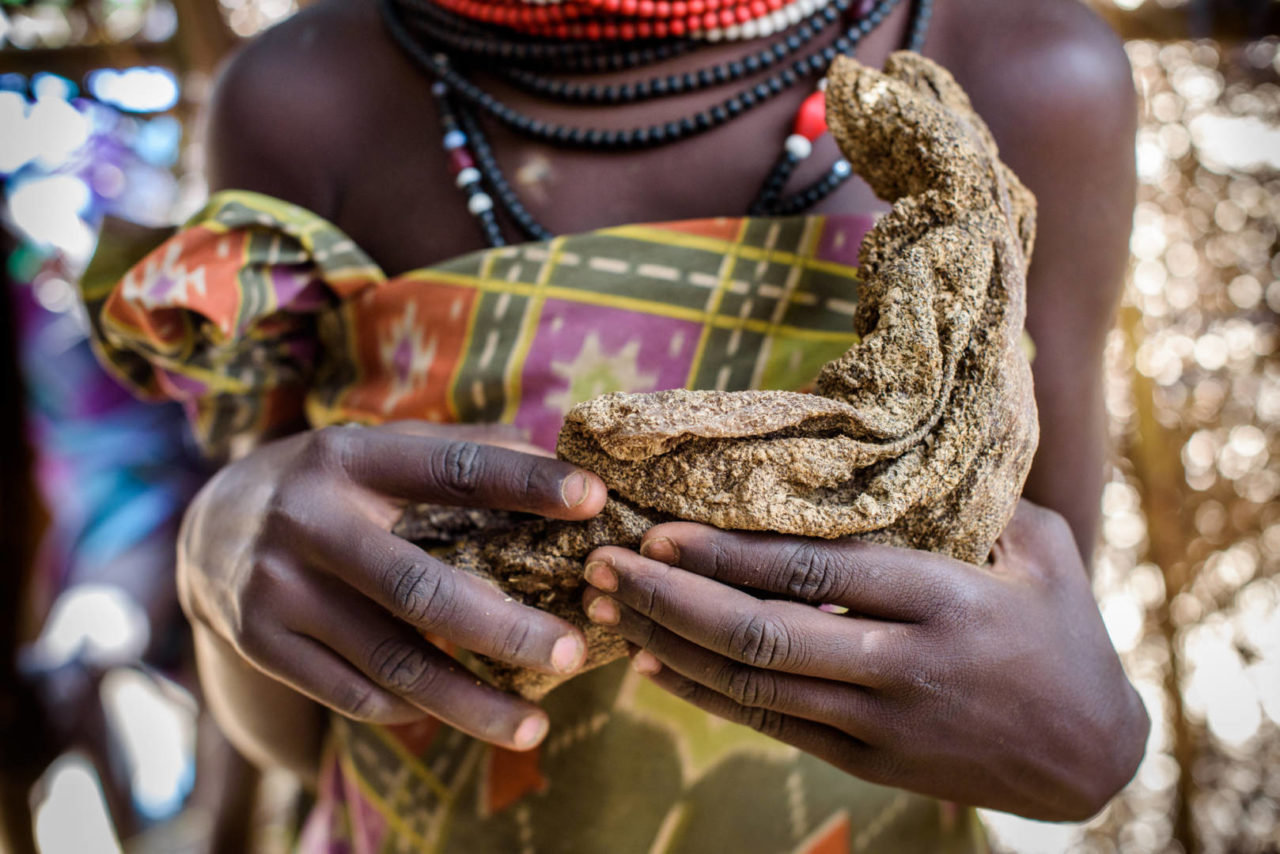
Across the dusty path, a family was mourning the death of their last cow, sitting next to the giant animal, and preparing to skin and eat it. Nearby, with no milk, a mother and her children were trying to suck the marrow from the bones of donkeys killed by the drought. I asked them why they were doing that.
“Hunger,” replied the mother.
Traveling south on a road more sand than pavement, we came upon a macabre memorial. Instead of a tree-lined pathway, the road was lined with the bodies of dead animals. “See us,” they seemed to cry.
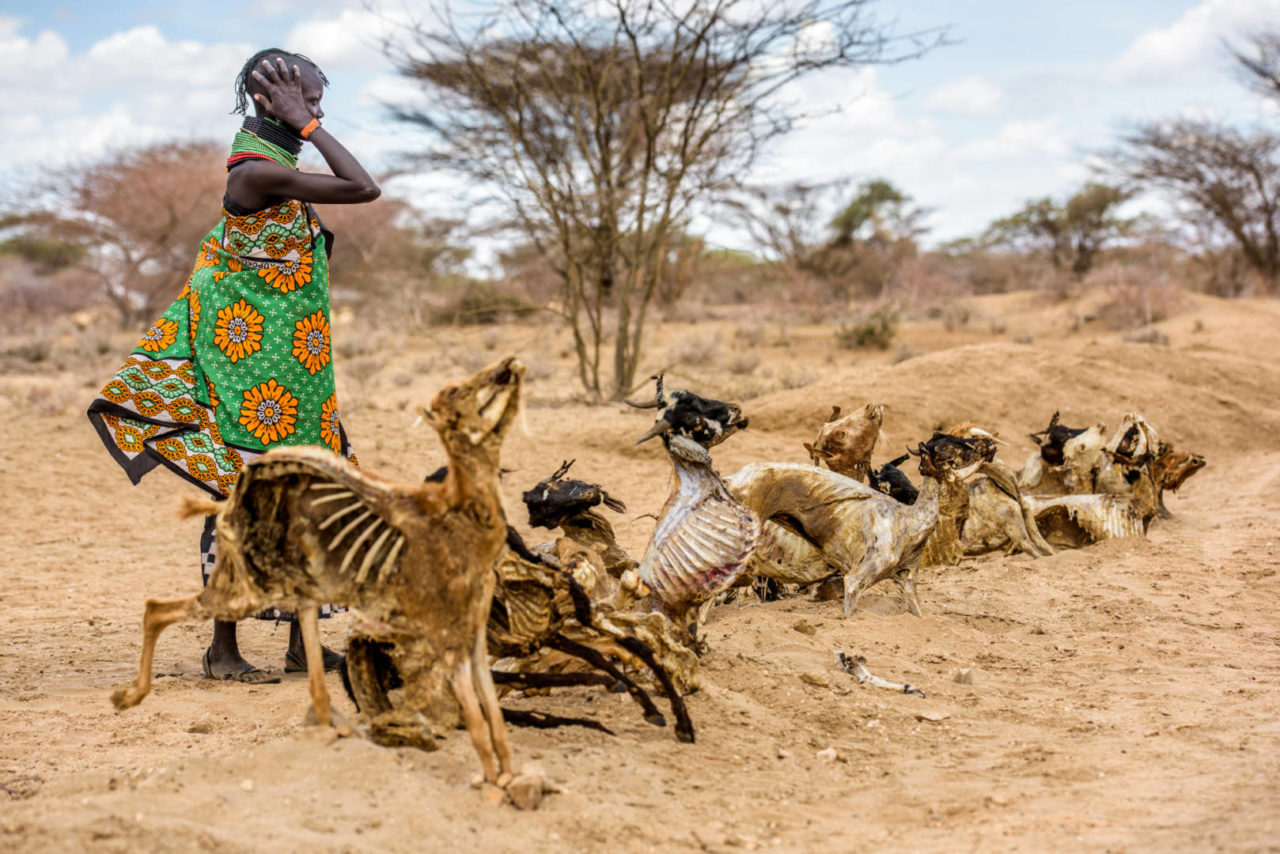
The people of one village made their point crystal clear. Fifty women held high the animals that had died in their village, one woman boosting a donkey carcass over her head, to sing us a song of death.
“We are dying. We are dying,” they sang. “Our animals are all dead, and we are next.”
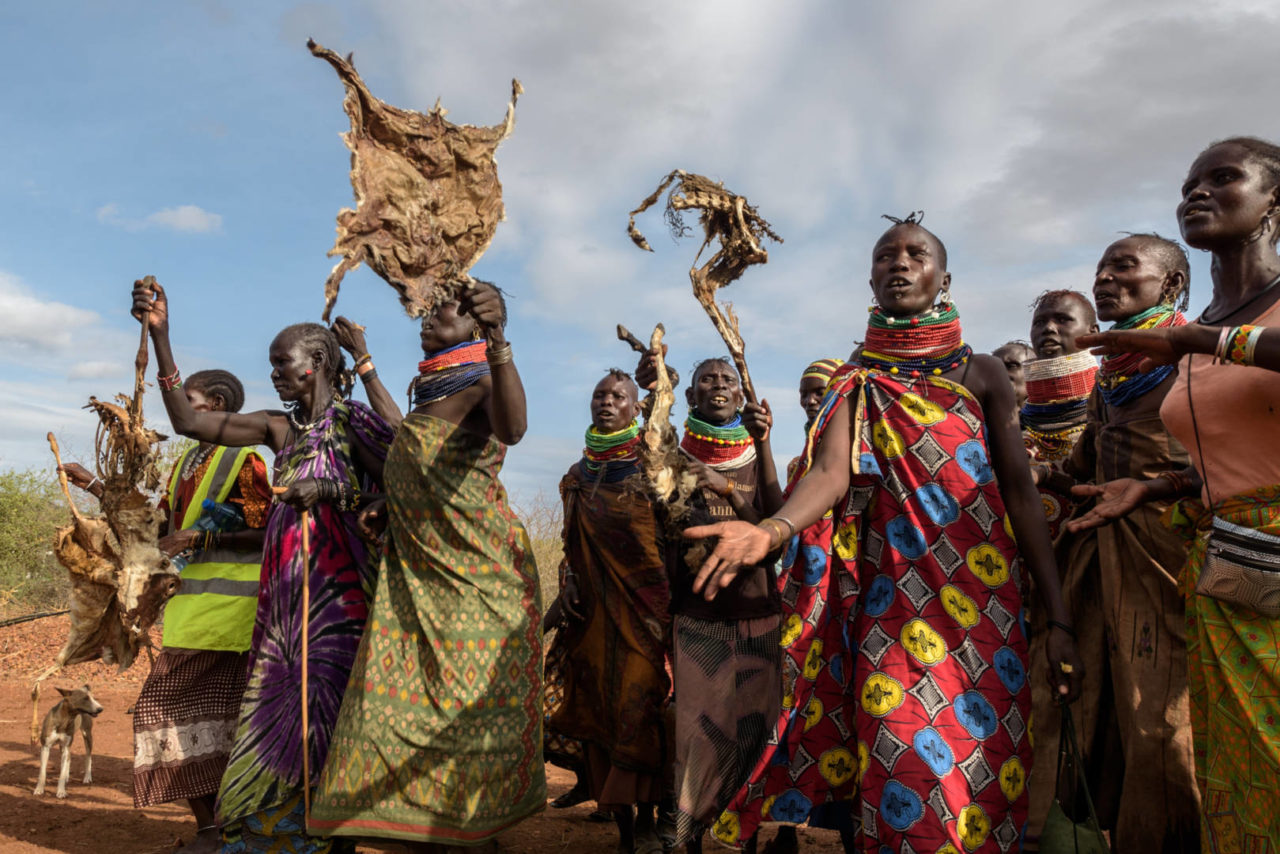
And finally, after reporting stories in 35 countries over two decades for World Vision, I met a baby with my name: Kari. I asked her mother what her name meant and she replied, “Someone who almost died.” Kari was born six months ago as the drought began to kill all the livestock and threaten human lives as well. “I named her for the situation,” Kari’s mother told me.
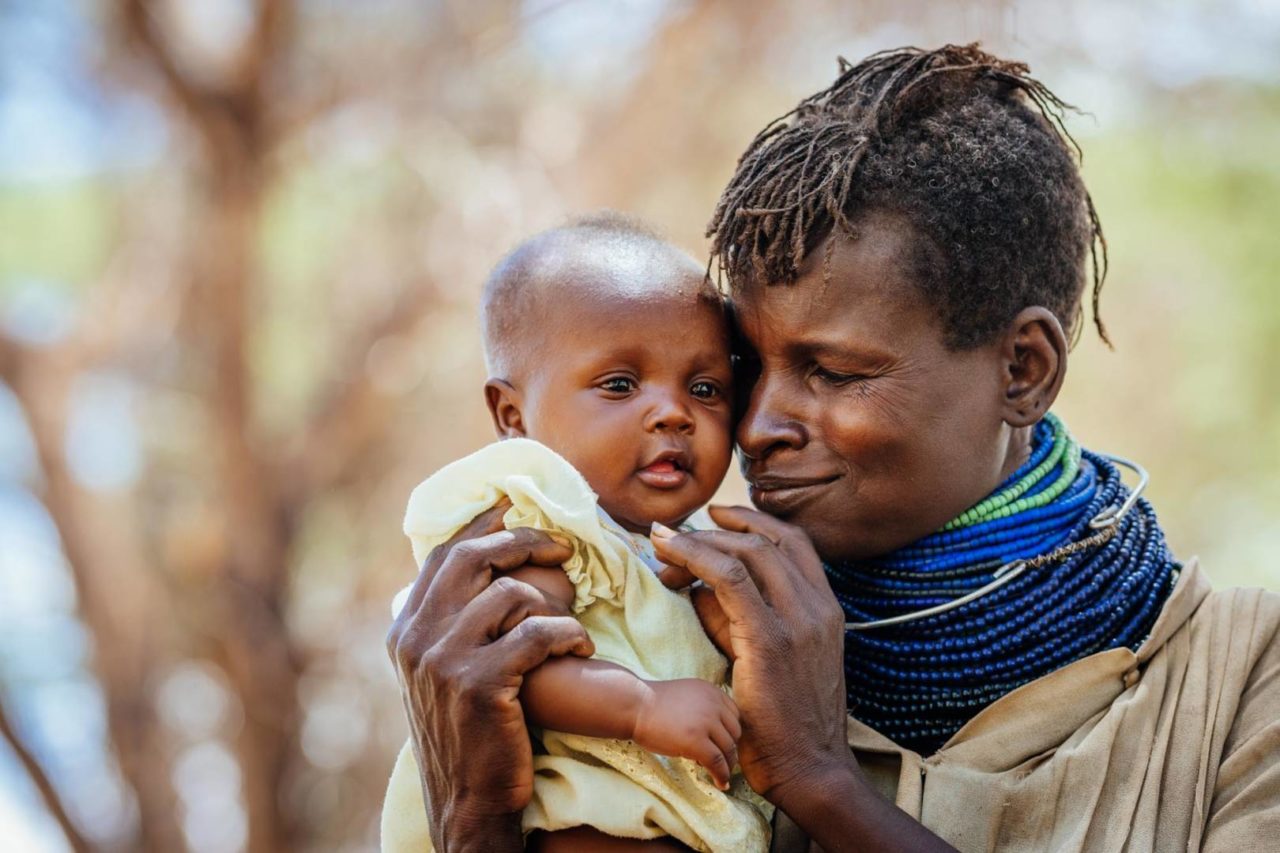
Meeting Kari was the last straw. I had to do something about it. World Vision is trying to raise $110 million to help 2.7 million hungry people in East Africa with food, water, and medicine, as well as through child sponsorship. They’ve told me their stories. They’ve put a name to this monster. My name. Kari.
I saw Nalet the day after he went off the look for vultures and hyenas. He came back empty-handed and exhausted. “We have no water, food, or medicines,” he told me. “If you don’t take care of these children, they will die.”
And they will. So we must.
Join us in taking care of the children of Kenya and other hungry places in East Africa. Thanks to grants, your gift will multiple 7X in impact to provide emergency food, clean water, and more to children and families fighting for their lives.
Make a long-term impact in a child’s life: sponsor a child in Kenya today!
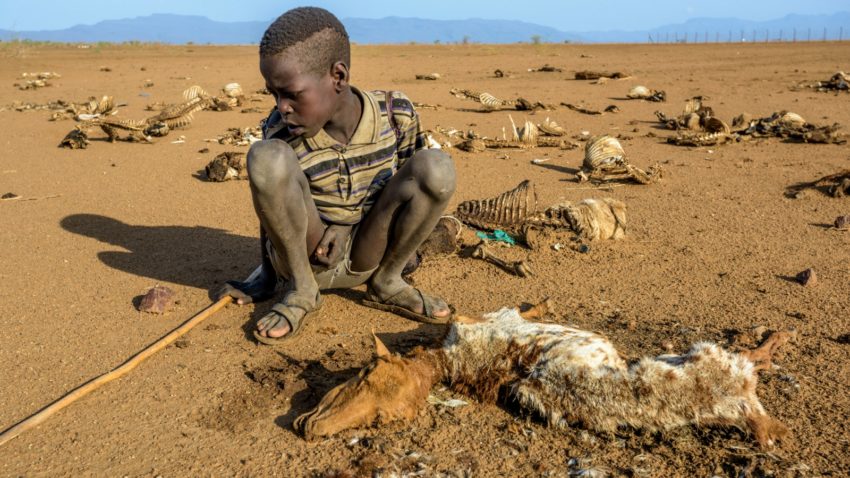
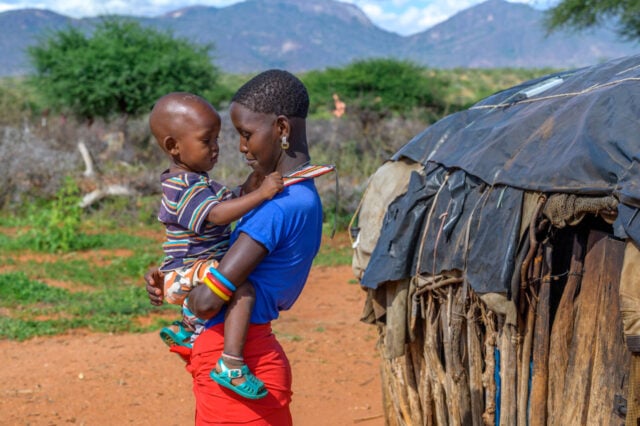
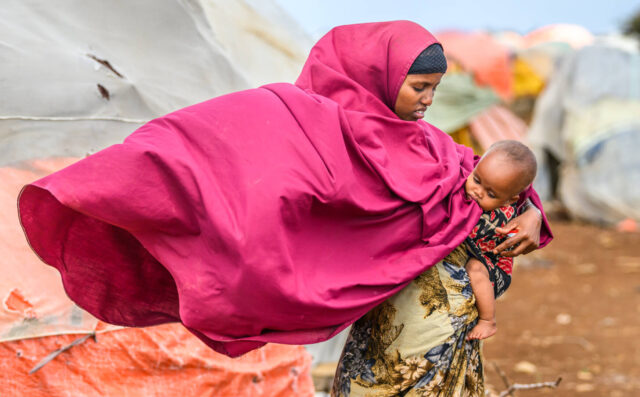
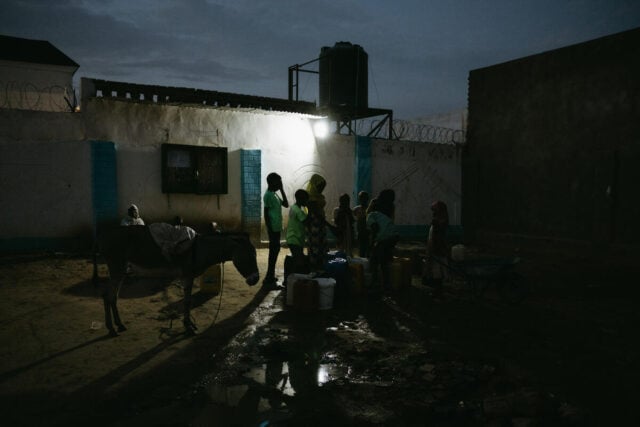
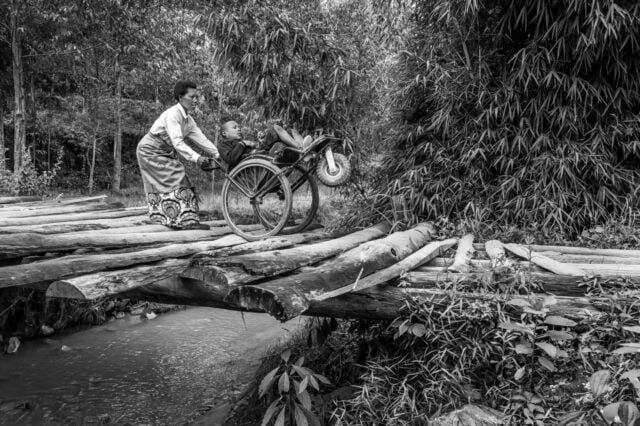
Comments